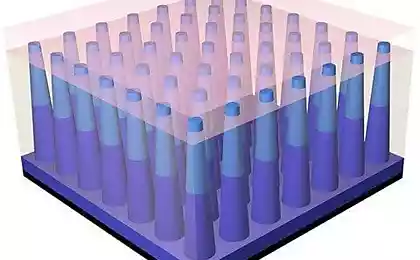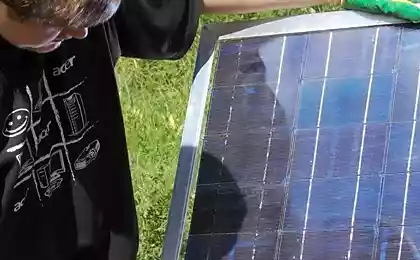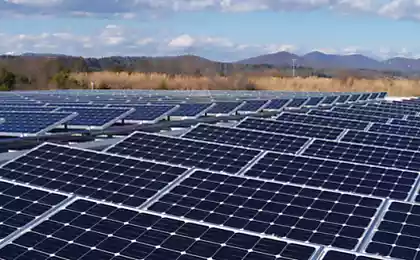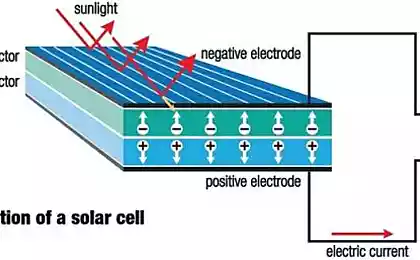464
Broken record efficiency silicon solar panel
A group of engineers from the German Institute for solar energy systems name Fraunhofer (ISE) and the Austrian semiconductor manufacturer EV Group (EVG) has set a new record multicontact efficiency silicon solar cells, achieving an efficiency of 31.3%.
Scientists have made such high performance from a three-pin solar cell. The previous record for the same team of engineers was established in November last year — then efficiency of solar cells was 30.2%.
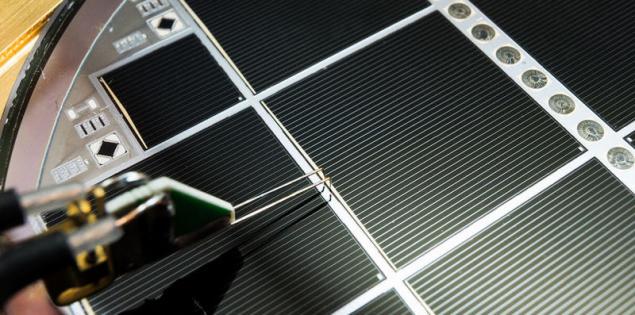
When creating new solar panels, the researchers used the technology of splicing plates, which is often used in the field of microelectronics. The technique allows to transfer layers of semiconductor materials III-V group with a thickness of several micrometers on the silicon. After plasma surface activation of subjacent are connected in a vacuum pressure. As a result, the atoms of semiconductor materials are connected with the silicon atoms, which leads to the formation of a monolithic structure, which, in turn, provides a higher ratio of photoelectric conversion.
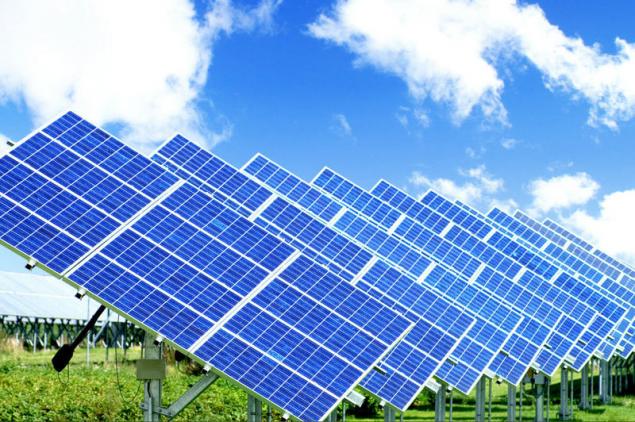
Three-pin solar cells consist of three subjacent superimposed on each other. They are made from indium gallium phosphide (GaInP), gallium arsenide (GaAs) and silicon (Si). All three sabyasachi connected tunnel diodes. GaInP convert into electricity radiation in the wavelength range in length from 300 to 670 nm GaAs at 500 to 890 nm, and Si — from 650 to 1180 nm.
Elements looks no different from traditional solar cells, the researchers note in a press release. This allows you to mount them on conventional photovoltaic modules.
Recently, a group of engineers from Kaneka Corp. developed silicon solar panel with an efficiency of 26.3 per cent. Hybrid architecture and technology of heterojunction can achieve even higher performance. So in January 2016, engineers from the National renewable energy laboratory USA and the Swiss Center for electronics and microtechnology has increased the performance factor of double solar cells III-V/Si, connected with the technology of the heterojunction, to 29.8%. published
P. S. And remember, only by changing their consumption — together we change the world! ©
Source: hightech.fm/2017/03/30/fraunhofer
Scientists have made such high performance from a three-pin solar cell. The previous record for the same team of engineers was established in November last year — then efficiency of solar cells was 30.2%.

When creating new solar panels, the researchers used the technology of splicing plates, which is often used in the field of microelectronics. The technique allows to transfer layers of semiconductor materials III-V group with a thickness of several micrometers on the silicon. After plasma surface activation of subjacent are connected in a vacuum pressure. As a result, the atoms of semiconductor materials are connected with the silicon atoms, which leads to the formation of a monolithic structure, which, in turn, provides a higher ratio of photoelectric conversion.

Three-pin solar cells consist of three subjacent superimposed on each other. They are made from indium gallium phosphide (GaInP), gallium arsenide (GaAs) and silicon (Si). All three sabyasachi connected tunnel diodes. GaInP convert into electricity radiation in the wavelength range in length from 300 to 670 nm GaAs at 500 to 890 nm, and Si — from 650 to 1180 nm.
Elements looks no different from traditional solar cells, the researchers note in a press release. This allows you to mount them on conventional photovoltaic modules.
Recently, a group of engineers from Kaneka Corp. developed silicon solar panel with an efficiency of 26.3 per cent. Hybrid architecture and technology of heterojunction can achieve even higher performance. So in January 2016, engineers from the National renewable energy laboratory USA and the Swiss Center for electronics and microtechnology has increased the performance factor of double solar cells III-V/Si, connected with the technology of the heterojunction, to 29.8%. published
P. S. And remember, only by changing their consumption — together we change the world! ©
Source: hightech.fm/2017/03/30/fraunhofer





